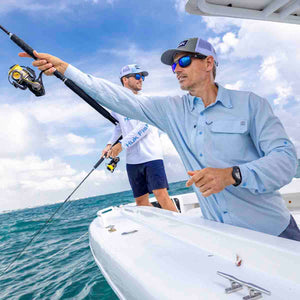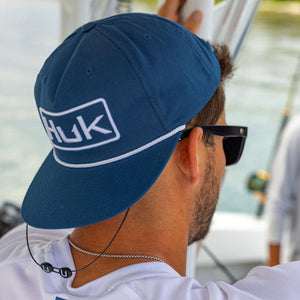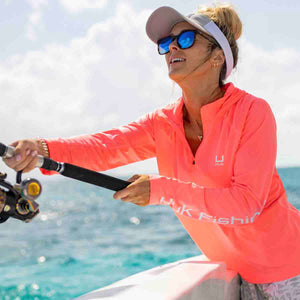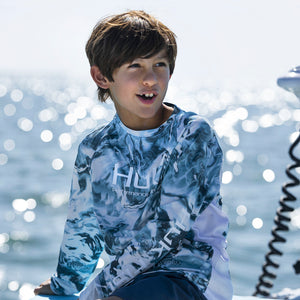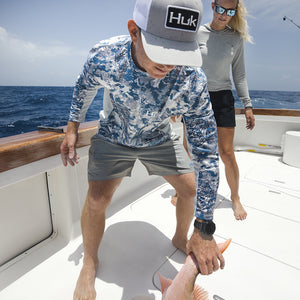Waking up hours before sunrise, getting to the beach right at first light—there's nothing like it. We all know that dusk and dawn are when fish are generally most active, but this is especially true when surf fishing for redfish. If you can time it right and get set up to hit that first peak time when the bigger fish are still close to shore, you're starting your day off right.
Most people don't realize how active surf fishing really is. Sure, catching redfish from a boat, poling through marshes and over mudflats is fun and all, but there's something truly special about running up and down the beach, checking rods, baiting hooks, and bombing out casts. For a great day of angling, here are a few key surf fishing tips, plus the rundown on surf fishing rigs and gear you’ll need to land the lunker redfish.
Shop All Fishing GearSurf Fishing Rod, Reel & Line
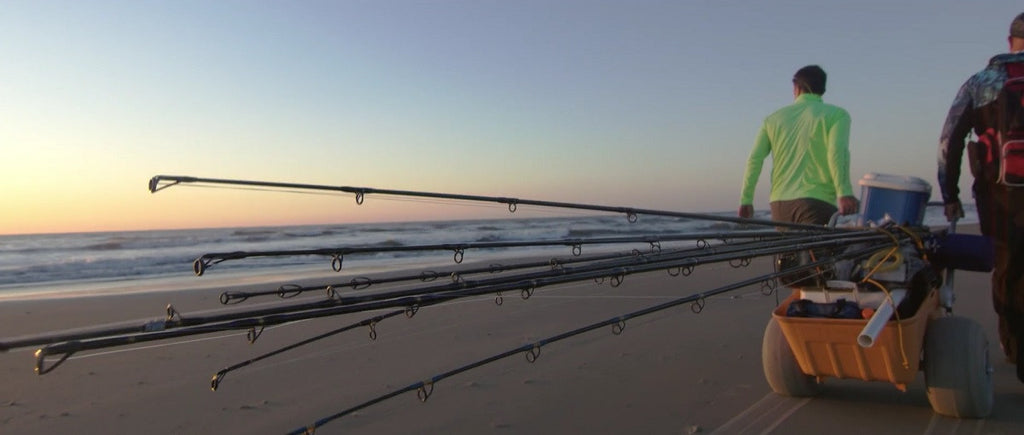
Searching for the best surf fishing rods? Here are a few tips. When you're fishing from the beach, your typical 6-and-a-half foot rod won't cut it. You need something much longer and stiffer—at least 8 feet long, but 10 to 12 feet is better. The extra length helps you cast far and gives you extra leverage when fighting strong fish in heavy surf.
Both spinning reels and conventional level-wind reels can be used when surf fishing for redfish. What you use may ultimately come down to personal preference. With a spinning reel, you'll be able to cast farther right out of the box with little experience. Conventional reels take longer to learn and get used to but can be deadly fishing tools when mastered.
Line when surf fishing for redfish tends to run on the light side to afford the most casting distance. 25-pound braided line is standard surf fishing line, and you'll want plenty of it—at least 200 yards.
Surf Fishing Tip: The More Rods, The Better
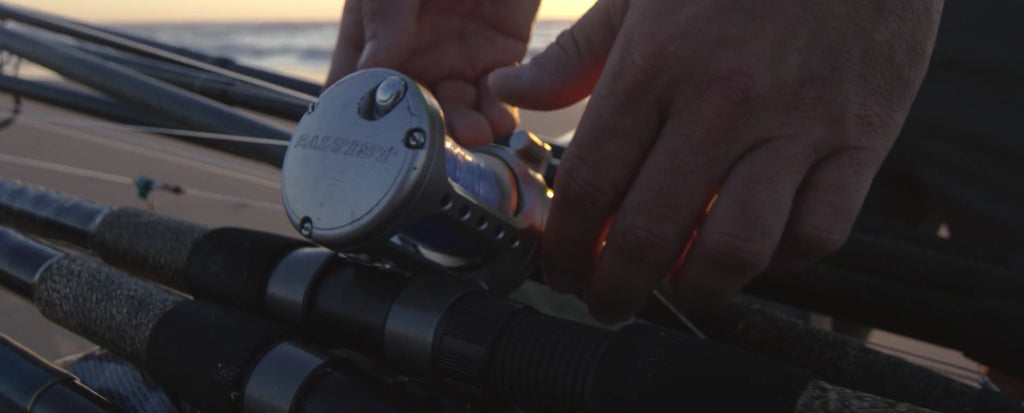
Most anglers who are serious about surf fishing use at least two or three rods at a time. You generally cast out with the rod and let the bait soak, then move to the next rod until all your lines are out. The more lines you have in the water, the higher your catch rate will be. But don’t overdo it. You want to make sure you can handle them all. Otherwise, you can pretty much expect to lose a rod to a good fish when you aren't looking. Of course, it doesn’t hurt to have a buddy or two out with you to increase your take.
Rod Holders
Sand spikes are tall rod holders that are driven into the sand to hold a rod secure on the beach. You can buy ready-made sand spikes from most tackle shops and sporting goods stores. If you’re in the DIY spirit, you can make your own out of a 4-foot length of 1 3/4 inch PVC pipe by cutting one end at an angle with a hacksaw.
Redfish Surf Fishing Rigs
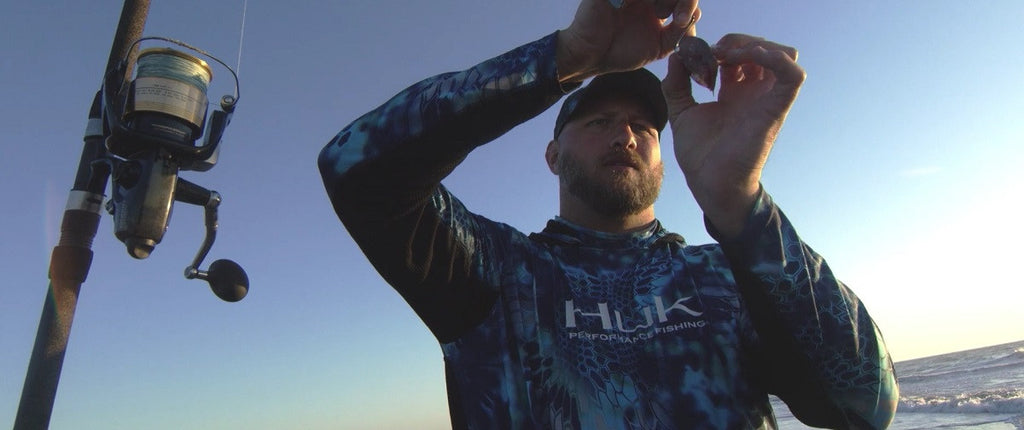
Surf fishing rigs can be as simple or as complicated as you'd like. But for redfish, a basic fish-finder rig slightly modified to handle the larger species you'll encounter works in nearly every situation. Basically, a snap swivel is slipped onto the main line and is used to attach a sinker—pyramid weights are best, as they dig into the sand to hold your line in place. Then, a heavy-duty barrel swivel is tied to the main line. A short shock leader of 100-pound or stronger monofilament is crimped to the swivel and an 8/0 to 12/0 circle hook is crimped to the leader.
Redfish Bait
Cut bait is the go-to bait when surf fishing for redfish. It's durable, stays on the hook well when casting, and will catch just about anything that swims. You can use any small fish that's readily available, but mullet, porgies, croakers, and pinfish are typically most effective for redfish. Fresh squid or crabs work extremely well in certain areas, too.
Choosing Your Spot and Setting Up Your Spread
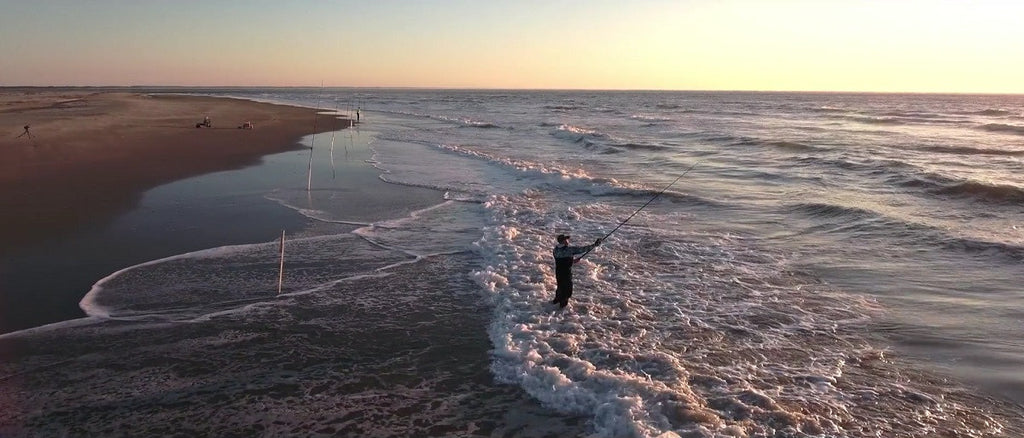
“To really go out there and take your time to look at the lay of the land and read the beach is an important piece of the enjoyment.”
Unlike fishing from a boat where you're constantly moving, with surf fishing, you want to pick a spot and commit. To pick a good spot, you need to dedicate some time to scouting. Beaches and the underwater terrain beneath the waves are constantly changing, so you might catch a ton of fish in a spot one year only to come back the next year to find it a ghost town.
When choosing a spot, look for areas on the beach that have some sort of terrain and water features—sloughs, cuts, sandbars, troughs, etc. You also want a spot where the sun is favorable, allowing you to see your lineup of rods down the beach.
Everyone sets up their surf fishing spread differently. What's most important is that your rods are spaced to cover as much water as possible while not being so far apart that you won’t be able to run between them easily. And another key surf fishing tip: when you cast out, you want each rod to have enough space so that your lines don't get crossed.
Fighting Redfish in the Surf

“You can have not run a sprint in ten years—and the first thing that happens is you’re running as fast as you can down the beach to make sure you don’t lose the fish and in a lot of cases make sure they don’t steal your rod.”
Once your spread is set up, it's time to get your lines in the water. Bait up, cast out, set your rod in its sand spike, then set your drag tension so that your line is held in place. If you’ve set up your surf fishing rig correctly, when a fish bites, it can take line freely so your rod won't get pulled in. Then it's a matter of watching your rods for any sign of movement.
When you see your rod double over with the line ripping off the spool, it's time to run over, grab your rod, and set the hook. With bull redfish, the first 50 yards or so is easy. But as soon as you get them in closer to the shore, they start using the waves to their advantage. Gain as much line as you can on the incoming waves, and hang on tight as the fish turns sideways into the outgoing current, taking back every inch of line. Keep working on them and you'll tire them out enough to surrender.
Heavy-Duty Bycatch

One of the most exciting parts about surf fishing for redfish is that you can tie into some pretty impressive bycatch. Sharks, rays, big black drum, bluefish, stripers, are all out there ready to take your bait.
“It keeps you really busy. You’re out there and you’re targeting generally one species of fish but you’re busy all day. And when you get into some of the bigger bycatch out there—the sharks and the rays—it’s still a boatload of fun, but it can be backbreaking work if you’re not willing to lose a bunch of rigs.”
Holding Out for the Sunset Bite
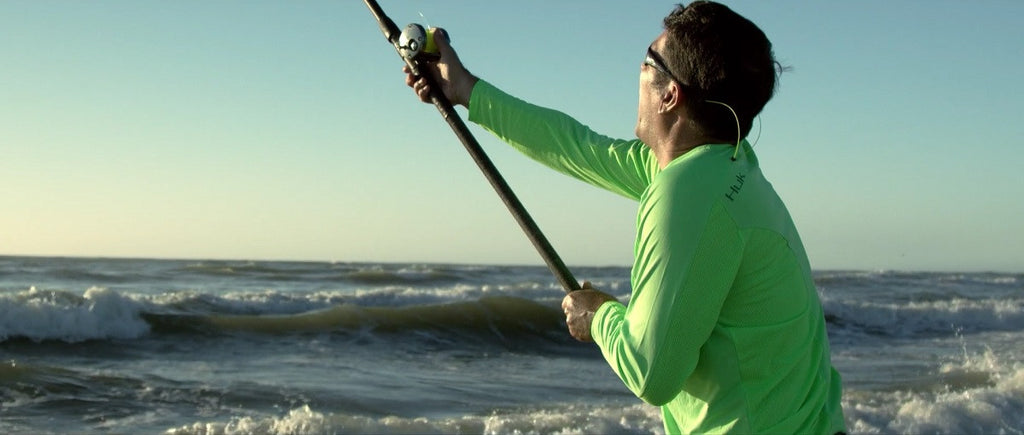
Surf fishing for redfish is an all-day pursuit. Sunrise usually brings lots of bites, but plenty of fish can be had throughout the day. If you can make it to sunset, you'll get shots at some of the biggest, toothiest fish of your life. And if you're in the right spot, geared up with the right tackle, you just might catch your limit of your primary quarry—redfish.
"I absolutely love surf fishing. I couldn't put my finger on why. I get to fish all over the world and given my druthers with one day to fish, that's where I'm going. I'm packing up the skiff, going out there, beat myself up chasing these fish around the surf."
If you’re planning a full day of surf fishing, make sure you have the right gear to keep you cool and comfortable all day. Shop the collection of high performance fishing apparel from Huk, such as the Icon X, and you’re sure to gain the edge over the redfish or any other species you’re casting for.
Shop All Men’s Fishing Apparel